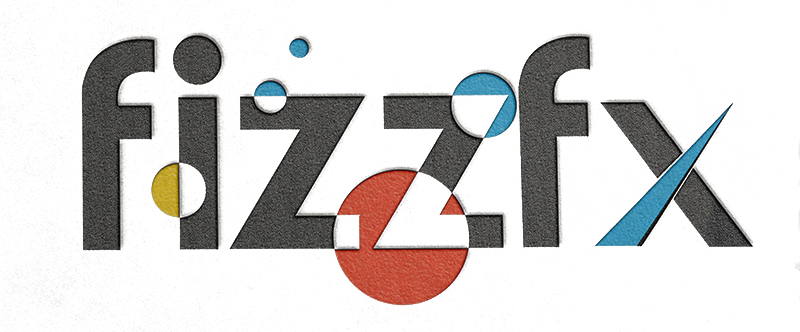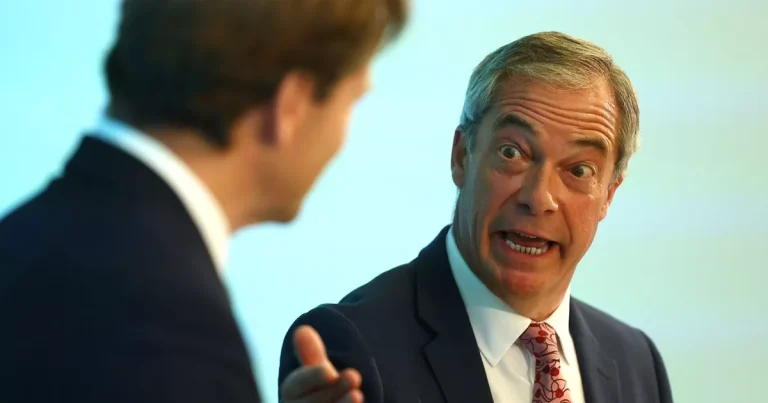Titans of American political circuits, Kamala Harris and Donald Trump, are continuing to bypass legacy media in their bid to reach out to their supporters directly. This trend, discernible since the 2020 general election campaign, marks a significant pivot from traditional political communication strategy.
For as long as memory serves, the electorate relied on reputable journalistic institutions like The Washington Post or PBS News to sift through countless campaign speeches, dissect candidate objectives, and elucidate political jargon. However, with Harris and Trump largely avoiding these media heavyweights – including NPR and The New York Times – a shift has undoubtedly occurred in the political communication paradigm. It is not just a matter of preference, but a strategic recalculation of media engagement.
During the run-up to the election, both personalities significantly ostracized traditional media outlets. Mr. Trump, always known for his combative approach towards journalism, steered clear of broadcast television’s most respected news programs. Specifically, he disregarded one notable news show that tends to command significant influence due to its broad viewer base. In his usual style, Trump denounced the way the show edited their interview with Harris, highlighting an entrenched mistrust ingrained within his views towards legacy media.
On the other hand, Kamala Harris, despite her disposition seeming gentler in comparison, conveniently sidestepped legacy media for her campaign’s benefit. Both Harris and Trump have utilized digital platforms extensively, becoming more prevalent due to the ubiquity of social media. They’ve communicated directly with voters, sharing their thoughts, ideas and plans – all without the filter of traditional media.
This innovative maneuvering can be attributed to several reasons. Firstly, the widespread adoption of the Internet has democratized news dissemination. Any individual or organization can immediately broadcast their messages globally without requiring the nod from traditional gatekeepers.
Secondly, legacy media outlets have, unfortunately, lost some of their credibility over time. Accusations of politically-biased reporting have caused a certain degree of disillusionment among the public. This has paved the way for politicians to deliver their message directly to the people without the perceived ‘tainting’ by media outlets deemed partial.
Furthermore, cutting out the middleman – in this case, the mainstream media – allows politicians to maintain control of their narrative and tone. They can choose to highlight specific elements of their message and downplay others. They can bypass tough questions, implications, and contextualizations that journalists are inherently trained to deliver.
In conclusion, this direct-to-voter strategy ushered in by Harris and Trump signals the transformation of the political communication landscape. It reflects the changing dynamics of a digital era where mobile devices, social media platforms, and the Internet re-balance power, allocation of voice, and media control. As the boundaries between media, technology, and politics blur, expect more such shifts in the way political narratives are woven and delivered. Changes that cannot be edited into palatable snippets by the now ‘traditional’ legacy media.


